Regions
Vancouver Island
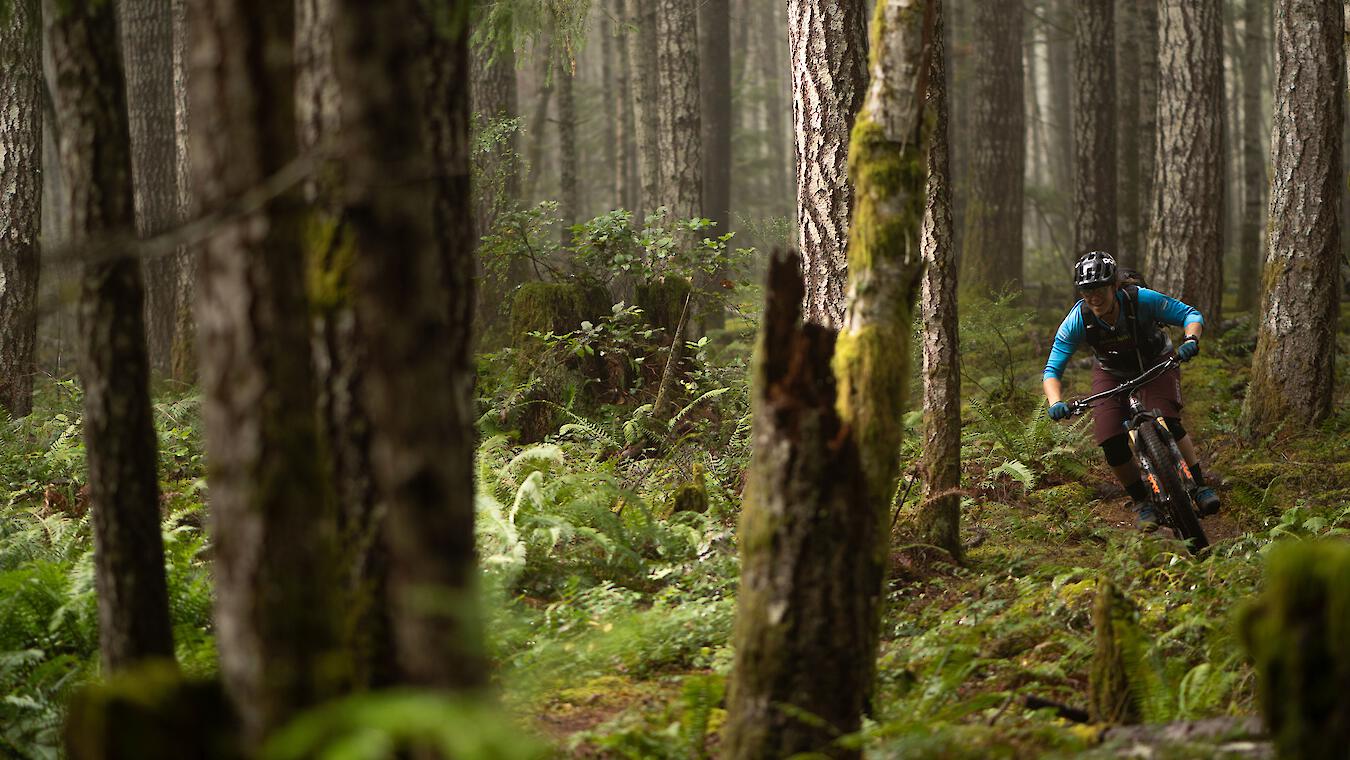
Rugged coastline and ancient rainforests combine with technical singletrack
Vancouver Island (a.k.a "The Island" by locals) has one of the most diverse ecosystems in the world. Craggy ocean coastlines and beaches, old-growth rainforests, serrated mountains, and mighty rivers create habitats for many wildlife species including bears, orca and grey whales, cougars, bald eagles, and all five species of Pacific salmon. Mountain biking here is as close as it gets to becoming one with nature.
The region—encompassing Vancouver Island and the Gulf Islands on BC’s southwest coast—has several mountain biking hubs including Campbell River, Cumberland, and Nanaimo on the central east coast and Cowichan, Langford, Sooke, and Victoria on the south end of Vancouver Island. Each island town boasts a vibrant mountain biking community with its own distinct riding style and culture. Each offers extensive trail networks with a diverse variety of mountains and coastal riding that ranges from steep and technical to smooth and easy.
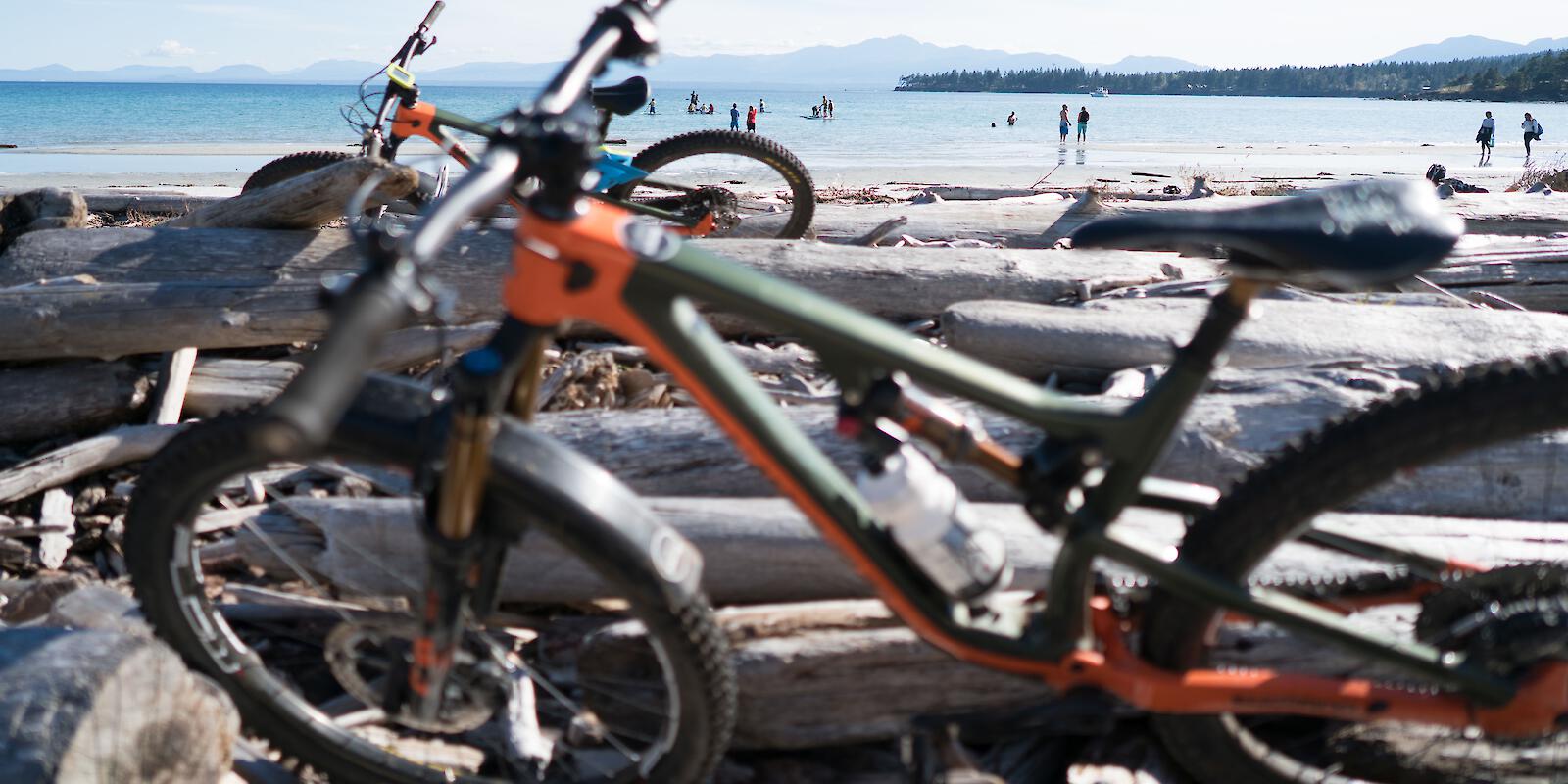
"Vancouver Island is a unique place in the world, not simply because of the vast network of trails so easily accessible, but because the variety of styles provides riding for nearly everyone. Along with the coastal beauty and British feel of Victoria, the Island houses a myriad of tiny retreats and getaways that span the range from fishing to hiking, surfing to lush rain forests and snow capped mountains. Getting to Vancouver Island forces you to slow down and smell the roses, the pace is relaxed and the people warm and friendly."
- Andreas Hestler, Rocky Mountain Team Rider
Spots to Ride
Explore island riding communities.
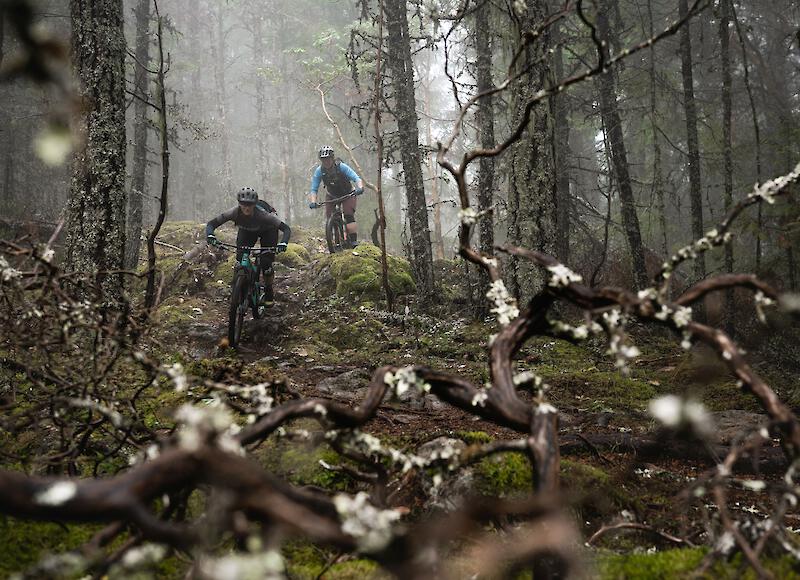
Nanaimo
The Island’s Finest Singletrack
Nanaimo is the ultimate ride-and-relax destination—just a short hop from the ferry and you're on legendary trails. From flowy favourites like Finer China to the iconic Stevie Smith Bike Park, it’s a playground for all riders. Add coastal views, craft brews, and a vibrant arts scene, and you’ve found trail paradise.
- Number of Trails:
- 393
- Highest Elevation:
- 1,021 m
- Trails:
- 39
- 238
- 44
- 11
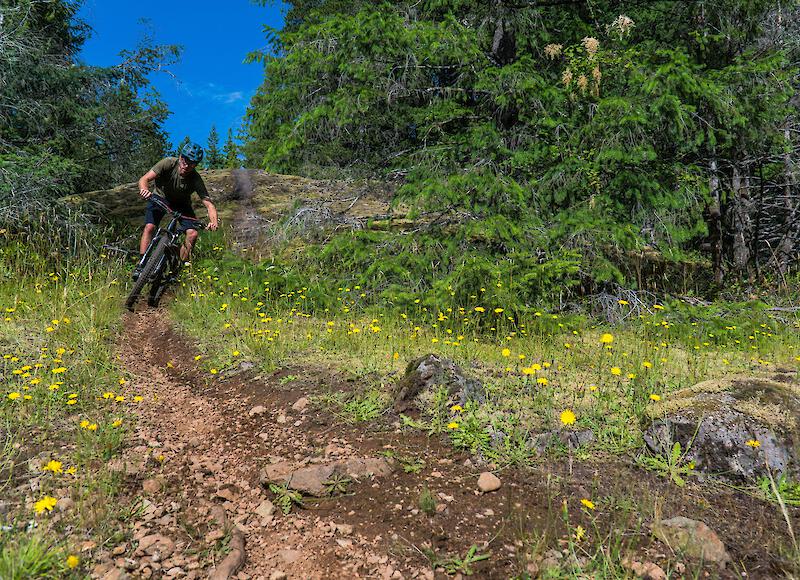
Campbell River
North of 50
Campbell River is where wild coastal beauty meets epic riding. From lush forest trails in Snowden to family spins through Beaver Lodge Lands, every ride offers adventure. As the northern gateway to Vancouver Island’s backcountry and nearby islands, it’s a launchpad for exploration, backed by ocean views, friendly locals, and pure trail magic.
- Number of Trails:
- 277
- Highest Elevation:
- 1,016 m
- Trails:
- 65
- 110
- 41
- 3
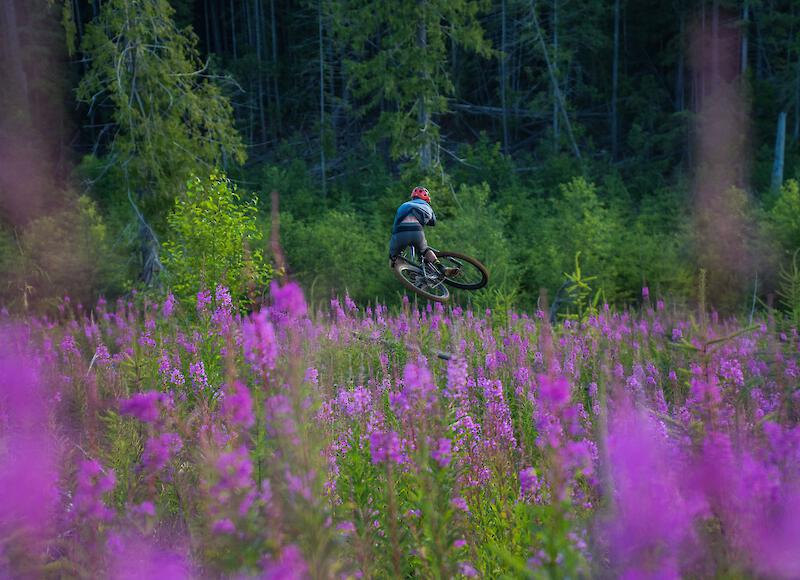
Cumberland / Comox Valley
Legendary Lines
Cumberland is a mountain biking mecca tucked beneath the Beaufort Mountains, offering some of the Island’s most diverse and legendary singletrack. Ride epic XC, demanding climbs, and thrilling descents—then coast straight into a vibrant village rich with culture, craft beer, and local charm. Here, every ride ends with a story.
- Number of Trails:
- 226
- Highest Elevation:
- 1,949 m
- Trails:
- 17
- 102
- 93
- 14
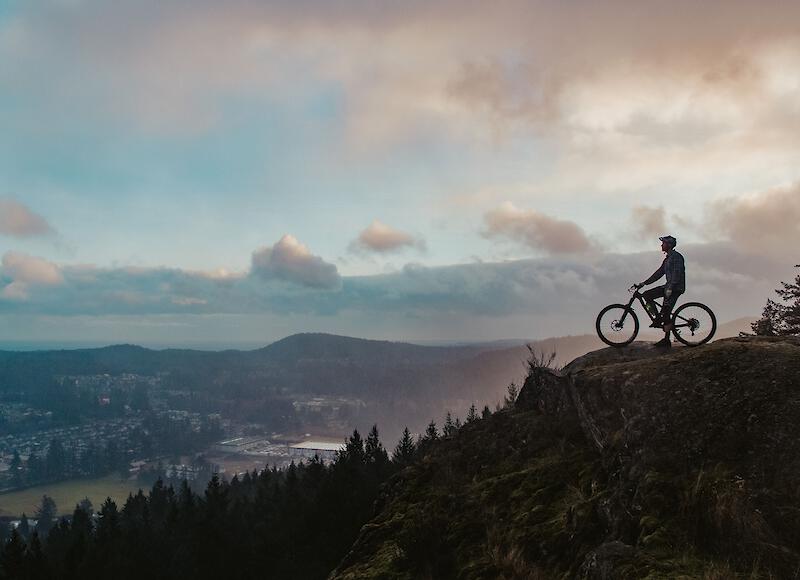
Langford
Where it all Happens
Langford is where urban edge meets wild adventure. Just minutes from downtown Victoria, it’s the beating heart of South Island riding and home to the adrenaline-pumping Langford Gravity Zone and the world-class Jordie Lunn Bike Park. Surrounded by lush nature, Langford is your launchpad to gravity-fed thrills and trail-filled days.
- Number of Trails:
- 14
- Highest Elevation:
- 349 m
- Trails:
- 1
- 1
- 10
- 2
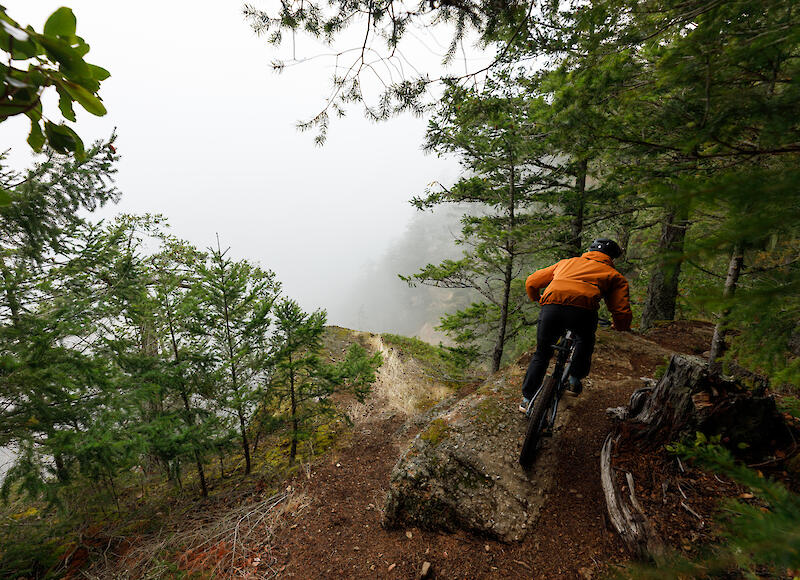
Cowichan
In the Tracks of Champions
Cowichan is a rider’s dream—just south of Nanaimo and packed with legendary terrain. From Mt. Prevost’s pro-level lines to Mt. Zoo’s flowing forest singletrack and Maple Mountain’s technical rock features, there’s a trail for every thrill. After the ride, unwind with local wine, craft beer, or a dip in Cowichan Lake.
- Number of Trails:
- 149
- Highest Elevation:
- 786 m
- Trails:
- 9
- 72
- 52
- 16
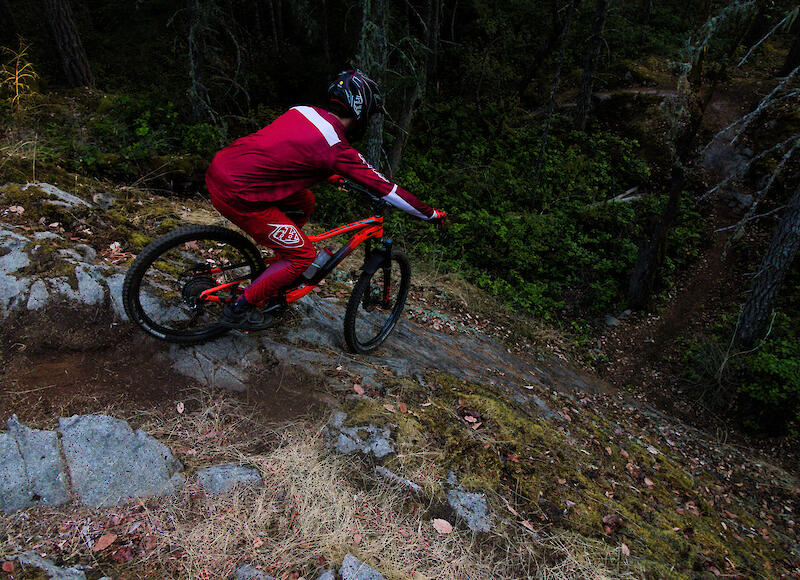
Victoria
Island City Riding
Victoria blends coastal charm with top-tier riding. At Hartland Mountain Bike Park, technical cross-country trails wind through rugged terrain, offering challenges for every level. Beyond the dirt, ride scenic rail trails that connect you to Victoria’s rich history, vibrant neighbourhoods, and stunning natural beauty - all by bike!
- Number of Trails:
- 87
- Highest Elevation:
- 373 m
- Trails:
- 5
- 47
- 24
- 11

Sooke
- Number of Trails:
- 34
- Highest Elevation:
- 670 m
- Trails:
- 2
- 9
- 20
- 3
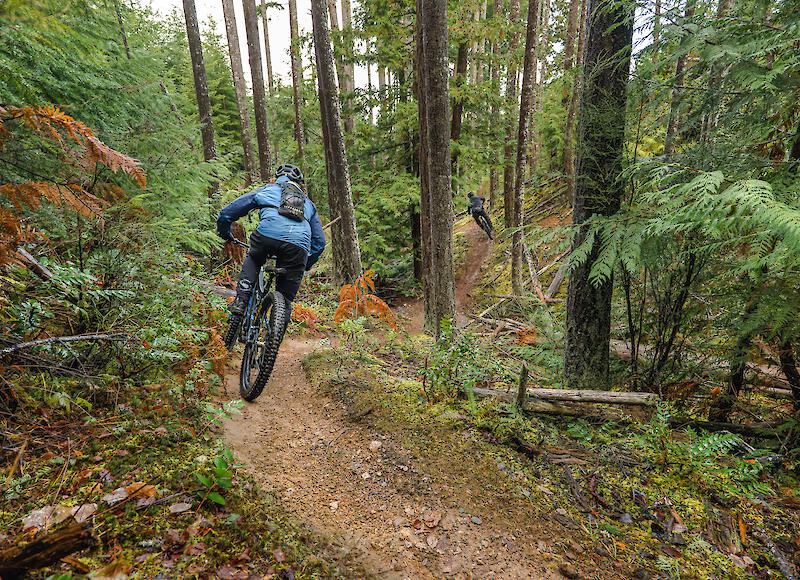
Parksville Qualicum Beach
Where Coastal Beauty Meets Trail Bliss
Parksville Qualicum Beach delivers big adventure and breathtaking views across a diverse trail network. From mellow greens to double-black jump lines, the legendary Hammerfest trails and beyond offer something for everyone. Climb to stunning ocean vistas, descend through lush forest, then unwind in this welcoming, trail-rich coastal haven.
- Number of Trails:
- 142
- Highest Elevation:
- 654 m
- Trails:
- 32
- 72
- 32
- 5
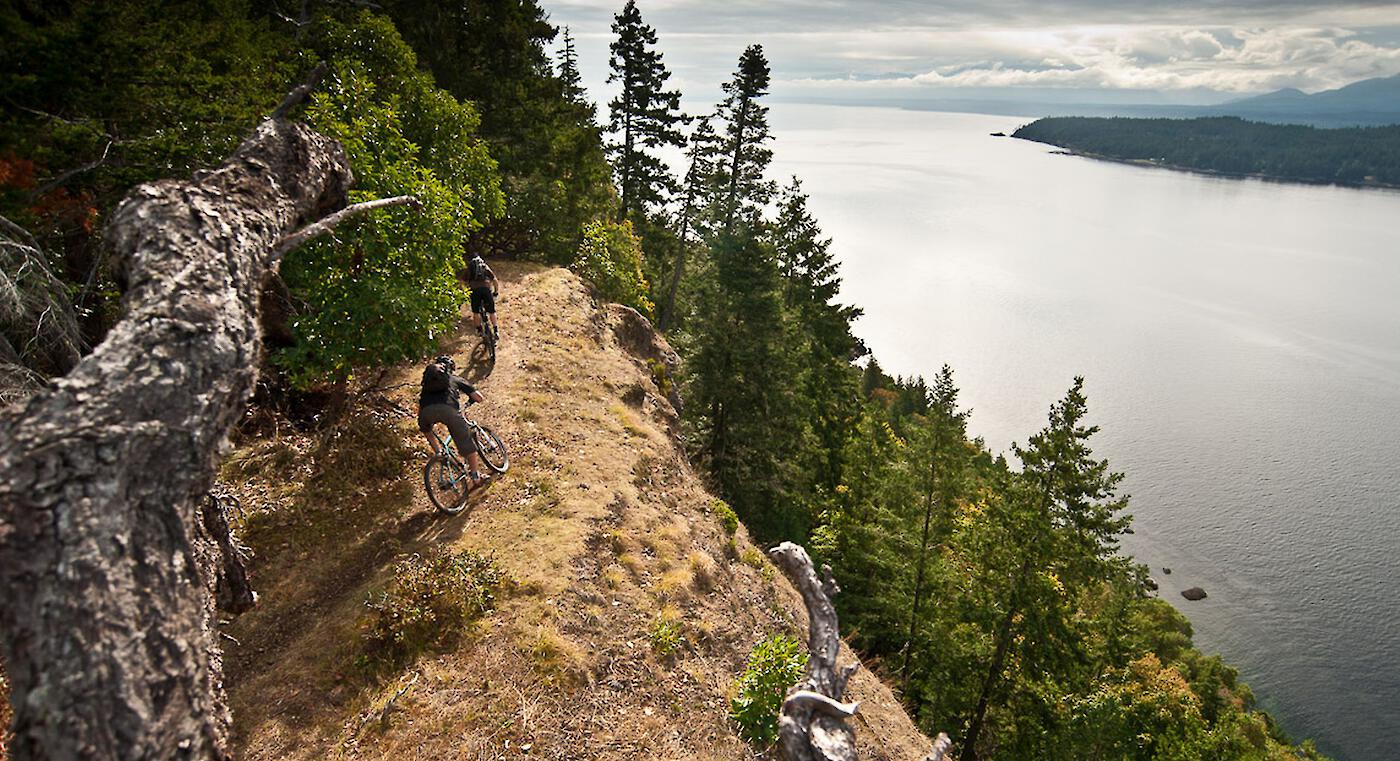
Get Inspired
Uncover the stories from Vancouver Island.
Start Planning Your Trip
Vancouver Island is located in the Pacific Ocean, approximatley 97km (60 miles) west of Vancouver and 117km (73 miles) north of Seattle. Roads and highways on the Island stretch between Port Hardy in the north, Victoria in the south, Tofino to the west, and Campbell River to the east. Get to and around by car, RV, or bike via BC Ferries or or fly in and rent a vehicle to explore.



